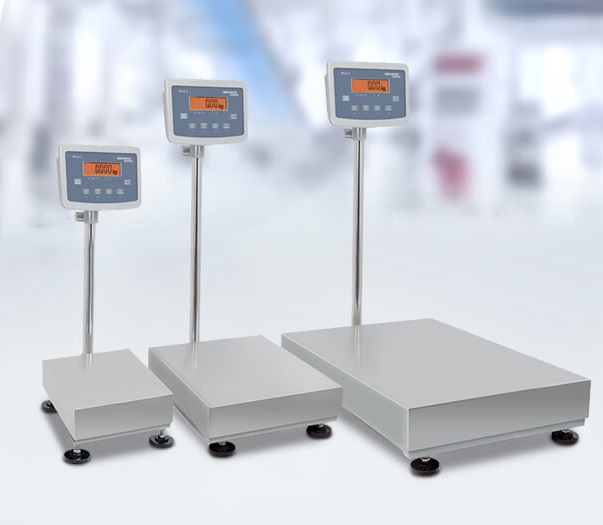Most people go about their days without thinking twice about the wind. However, for some industries, that’s the only thing they focus on. In particular, the speed and direction the wind is blowing during any given period. To gather accurate data, they turn to a reliable wind direction instrument.
When to Use a Wind Speed Measuring Device
Before getting into details, it’s worth noting that wind speed plays a vital part in everyday life. For instance, it affects how planes fly and whether crops get fertilized and watered evenly. Wind speed also has a lot to do with air pollution. That’s why the aviation, agricultural, and air quality management agencies rely on a wind speed measuring device.
Keep in mind that these are just a few of the industries that depend on a wind anemometer. As in the case of meteorological and air quality data, various organizations mandate the measurement of wind speed.
Here’s a prime example. Wind speed and direction can have a huge impact on power plants. For that reason, they depend on the readings of a wind anemometer. Not only does this enhance operations but it also reduces risk to workers.
Take the mining industry as another example. The Department of Labor is an important government body in the United States. Part of that is the Mine Safety and Health Administration or MSHA. This entity measures, oversees, and regulates airflow requirements inside mines. Using a wind speed measuring device ensures ensure that miners receive adequate airflow.
At the same time, MSHA ensures that the speed of wind never exceeds the air velocity of 500 feet per minute. For one thing, inadequate wind speed would restrict the miners’ breathing. If not controlled, both wind speed and direction could create a problem with carbon monoxide.
Although gathering data on wind speed and direction isn’t always required, it’s still good practice. This is why many industries adopt the policy of using a wind speed and direction indicator.
How to Use a Wind Direction Instrument
When talking about a wind direction instrument, the top-of-the-line products also measure wind speed. Most people refer to this device as a wind anemometer. Although the design is relatively simplistic, this device can collect extremely accurate information. Typically, an anemometer consists of three or four cups, each attached to arms extending horizontally. Those arms then attach to a vertical rod.
As the speed of the wind picks up, the cups begin to rotate. That causes the rod to spin, which, in turn, identifies the wind’s direction. To calculate speed, people simply count how many rotations occur for each period. A wind anemometer is highly accurate.
There are variances in the design of this device depending on the industry, as well as other factors. For instance, some have advanced features such as humidity, temperature, and air pressure. Another option is the windmill style. Along with horizontally rotating rods, it boasts a hot-wire anemometer.
It’s possible to determine wind speed by using air pressure. A barometer or tube-type anemometer identifies the air pressure. In turn, that determines the pressure in the wind. The result is wind speed. There’s another wind anemometer that either shines a laser or uses sound waves on wind particles. Doing this measures the different properties of the wind.
When looking for a wind speed and direction indicator, it’s important to work with a trusted source. That way, the device will perform optimally and accurately every time.
Value Data
Air pollution is a serious issue especially in overcrowded cities. Because wind moves and disperses pollution, organizations that focus on air quality rely on a state-of-the-art wind directional instrument. With that, experts can map out where the wind will blow and how fast it’ll travel. That information is then shared by meteorologists across the world.
As viewers receive the information, they can better plan out their day. For instance, people with asthma, allergies, or upper respiratory problems know to stay inside. However, the data from a wind speed and direction indicator is even more beneficial. Knowing where the wind comes from and goes to, as well as its speed, makes it easier to route planes for safe travel.
One of the fascinating things about wind is its patterns. These vary according to the environment and geographical region. Take coastal areas. This is where sea breezes often occur. On sunny days, the inland becomes hotter. In turn, that causes the air above ground to also get hotter. Going through a diffusion process, the air above the water rolls toward land, creating a cool breeze.
A wind anemometer is also ideal for tracking trade winds, which occur in tropical regions. In these areas, where there are hot temperatures, air rises and then spreads to the north and south. While that air remains high in the atmosphere, cooler air resides in the lower atmosphere. As the wind moves from north to south, it brings cool relief to the tropics in the form of trade winds.
Fun Facts
- When it comes to wind speed, most people refer to it in miles per hour, knots, or kilometers per hour.
- As for the wind’s direction, some rules apply. A “North Wind” is one that blows from the north to the south.
- The direction of wind is often referred to in degrees of direction or cardinal directions.
- The Earth’s surface has many unique geographic features. These affect both the wind and air quality. The wind in places with few tall features, such as coastal regions, is typically strong. For that reason, these areas experience better air quality compared to densely populated cities.
Comptus – Your Number One Source for Wind Direction Instruments
Whether you’re interested in a simple device for a small company or you need one with all the bells and whistles, we can help. Contact us today and we’ll gladly guide you through the selection process. For your convenience, you can shop for a wind speed meter online.



